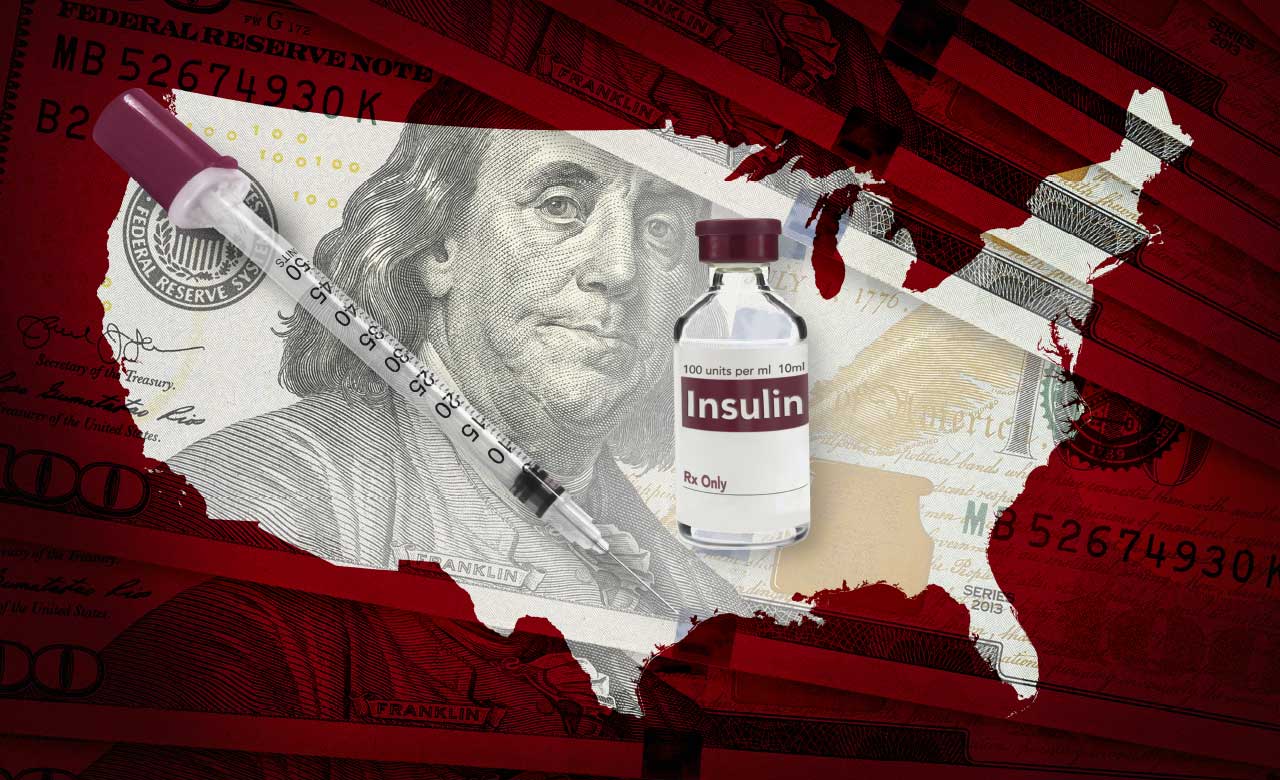Drug Pricing
Sonya Collins
A research report published November 15, 2022, in Annals of Internal Medicine confirms what many dispensing pharmacists know all too well through firsthand experience: Insulin rationing is common among adults with type 1 or type 2 diabetes.
Among the 982 insulin users surveyed, 1 in 6 reported rationing insulin. Study participants represent more than 7 million U.S. adults living with diabetes of whom an estimated 1.3 million ration insulin.

“This isn’t just happening with insulin,” said Wendy Mobley-Buckstein, PharmD, CDCES, who wasn’t involved with the report. “With all medications, especially those for chronic diseases, we are seeing people trying to stretch them.”
The study findings
The study by Gaffney and colleagues defined rationing as patients having done any of the following to save money in the last 12 months: Skipping a dose, taking less insulin than needed, or delaying buying insulin. Rationing was common across all insulin users, but some were more likely to ration than others.
According to the study, adults under 65 were twice as likely as their older counterparts to stretch out their insulin supply. Middle-income patients were more likely than high- or low-income patients to ration. Nearly 1 in 4 Black patients rationed compared to 1 in 6 white and Hispanic patients. Nearly 1 in 3 uninsured adults rationed, followed by those with private insurance, and then those on Medicare or Medicaid.
Delaying purchase was the most common form of rationing across all users. Among those with type 1 diabetes, taking less insulin than needed was the most common way to make the supply go further. Across subsets of patients, insulin rationing was associated with feeling overwhelmed by the demands of living with diabetes.
Help is on the way—for some
The Inflation Reduction Act, which would limit insulin copays to $35 per month for Medicare beneficiaries, would improve access for seniors, among whom about one in nine reported rationing. The legislation will not, however, protect the privately insured or the uninsured.
“The commercial insurance companies are the ones we’re going to have to lobby individually to get those copay caps,” said Mobley-Buckstein, who is an associate professor of pharmacy practice at Drake University in Des Moines, IA. “A lot of organizations are lobbying for that in their states.”
Message for pharmacists
Until patients get relief from state or federal legislation, pharmacists can expect insulin rationing to continue. Counseling on the dangers of under-utilizing insulin may help.
“There are so many different complications that can arise from not taking insulin, but I don’t think people realize that,” Mobley-Buckstein said.
She recommends reviewing the risks—which include disease progression, sores, amputation, loss of eyesight, kidney failure, heart attack, and stroke—with patients who may be rationing.
Pharmacists may also point patients to resources that might make insulin more affordable for them.
Federally qualified health centers, and other 340B entities, offer insulin at a lower cost to eligible patients, such as those in the Medicare “donut hole.”
“We take an oath to help our pa-tients,” Mobley-Buckstein said, “so if that means taking a few extra minutes to help a patient find an affordable way to get their insulin, then that’s what we need to be doing.” ■